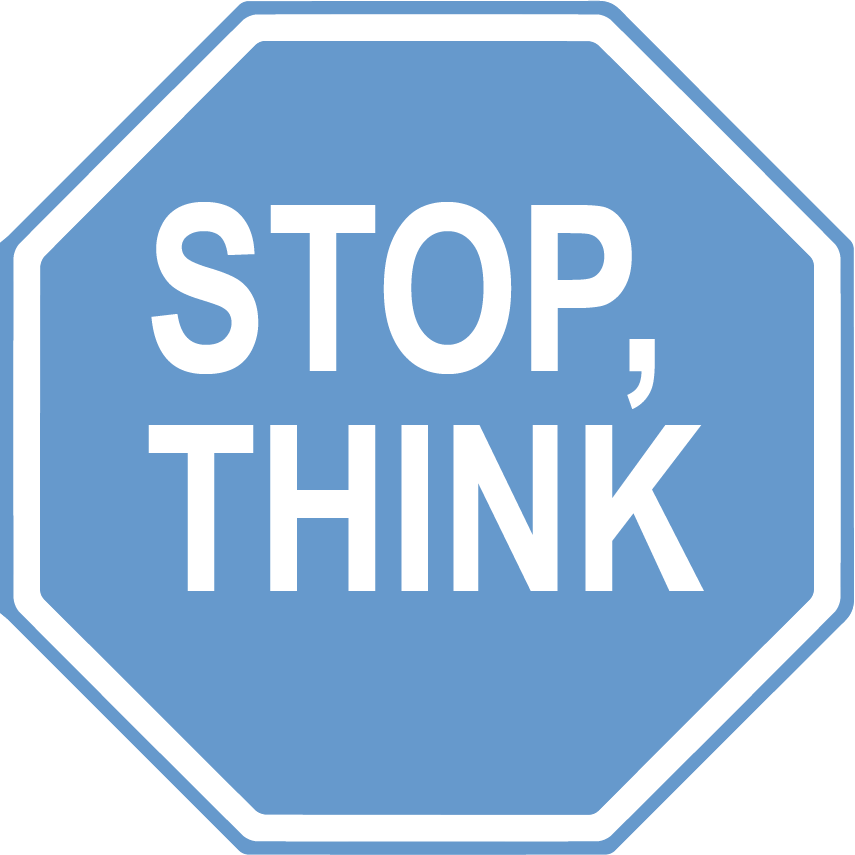Module 2: Introducing Theories of Addiction
Ch. 2: Diagnosing Substance Use Disorders
You might be wondering how definitions of substance use disorders are applied in practice to help diagnose individuals who may have a problem with their substance use. Currently, professionals in the United States heavily rely on the scheme for diagnosing substance use disorders detailed in the American Psychiatric Association’s Diagnostic and Statistical Manual of Mental Disorders version 5—called the DSM-5 for short (APA, 2013). Internationally, many countries apply the classification system detailed in the World Health Organization’s (WHO) International Statistical Classification of Diseases and Related Health Problems version 10, or the ICD-10 for short (WHO, 2016). The 11th version (ICD-11) is scheduled for publication during 2018.
According to the DSM-5, diagnosis of a substance use disorder depends on a person meeting certain criteria. There are currently 11 criteria assessed when making this type of diagnosis (see Table 1, adapted from APA, 2013). The 11 criteria reflect 4 categories:
- Impaired control over use [items 1-4]
- social impairment/consequences [items 5-7]
- risky use of the substance(s) [items 8-9]
- pharmacological indicators/symptoms: tolerance, withdrawal [items 10-11]
A mild substance use disorder might be the diagnosis if a person experiences two or three of these symptoms.
A moderate substance use disorder would be a more appropriate diagnosis for a person experiencing four or five of these symptoms.
Ultimately, a severe substance use disorder exists when a person presents with six or more of these symptoms.
Substance withdrawal is a separate diagnosis that may or may not accompany the diagnosis of a substance use disorder.
Table 1. Eleven criteria in DSM-5 for diagnosing substance use disorders
|
1 |
Often taking alcohol or another substance in larger amounts or for a longer period than intending to |
|
2 |
A persistent desire or unsuccessful efforts to cut down or control use of alcohol or another substance |
|
3 |
Spending a great deal of time in activities necessary to obtain, use, or recover from the effects of alcohol or another substance |
|
4 |
Strong desire, craving, or urge to use alcohol or another substance |
|
5 |
Failure to fulfill major role obligations at work, school, or home resulting from recurrent use of alcohol or another substance |
|
6 |
Continued use of alcohol or another substance despite persistent or recurring problems in social or interpersonal relationships that are caused or made worse by the effects of alcohol or another substance |
|
7 |
Giving up or reducing important social, occupational, or recreational activities because of alcohol or other substance use |
|
8 |
Recurrent use of alcohol or another substance in situations where it is physically dangerous to do so |
|
9 |
Continuing to use of alcohol or another substance despite knowledge of having a persistent or recurring physical or psychological problem that could be caused or made worse by its use |
|
10 |
Developing tolerance for alcohol or another substance |
|
11 |
Experiencing withdrawal symptoms or taking alcohol or closely related substance in order to relieve or avoid withdrawal symptoms |
There are 9 types of substance use disorders identified in the DSM-5 (see Table 2), each with these general criteria. The type of substance use disorders are related to the type of substance or substances that the person is known to be using.
Table 2. Types of substance use disorders identified in the DSM-5.
|
DSM-5 Code |
Type of Substance |
|
F10 |
alcohol |
|
F11 |
opioid |
|
F12 |
cannabis/marijuana |
|
F13 |
sedatives, hypnotics, or anxiolytics |
|
F14, F15 |
stimulants (the 14 code is specific for cocaine, 15 for amphetamines) |
|
F16 |
hallucinogens (other than cannabis) |
|
F17 |
tobacco |
|
F18 |
inhalants |
|
F19 |
other/unknown substance use disorder |
Caffeine is a special case where a substance-related disorder exists, but there is not an actual substance use disorder associated with its use. Polysubstance misuse reflects problematic use of more than one substance type.
Thinking About It:
The focus of our course is on substance misuse and substance use disorders. However, many people argue that the principle of addiction apply to other types of behaviors, as well. For example, you may have heard discussions about what some people call “process” or “behavioral” addictions:
- Gambling addiction
- Internet/gaming addiction
- Sex addiction
- Shopping addiction

Based on what you have learned so far about defining substance use disorders and addiction, consider the following 3 questions:
- What do you think might be the similarities or differences between a person who experiences an alcohol use disorder or addiction to another substance and a person who is “addicted” to gambling?
- Do you believe that a person can be “addicted” to their cell phone or other technology (like internet or online gaming)? Why or why not?
- What do you think about people using the word “addiction” to describe how they feel about a favorite television show? What about advertisers describing their product as “the latest addiction” to promote its popularity?
